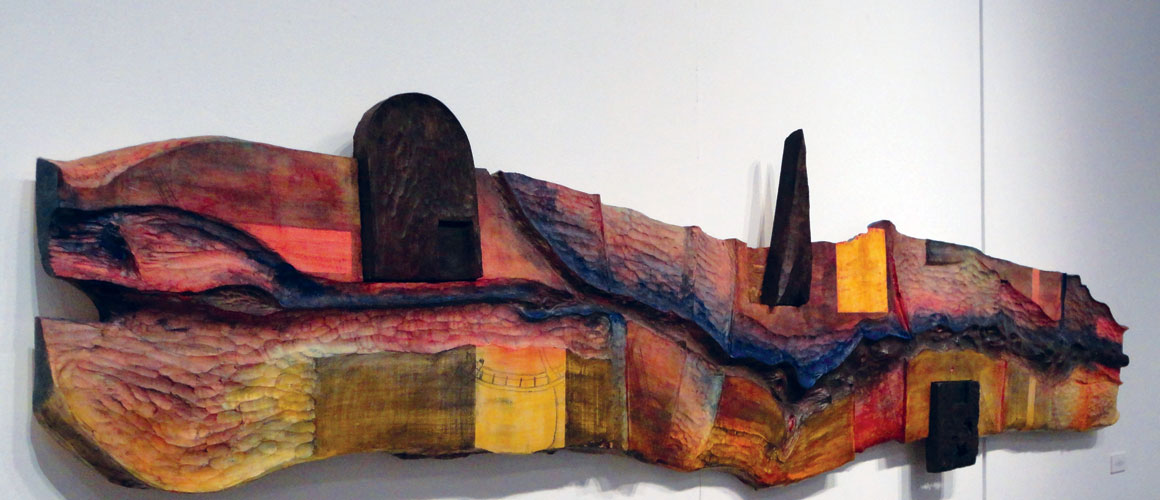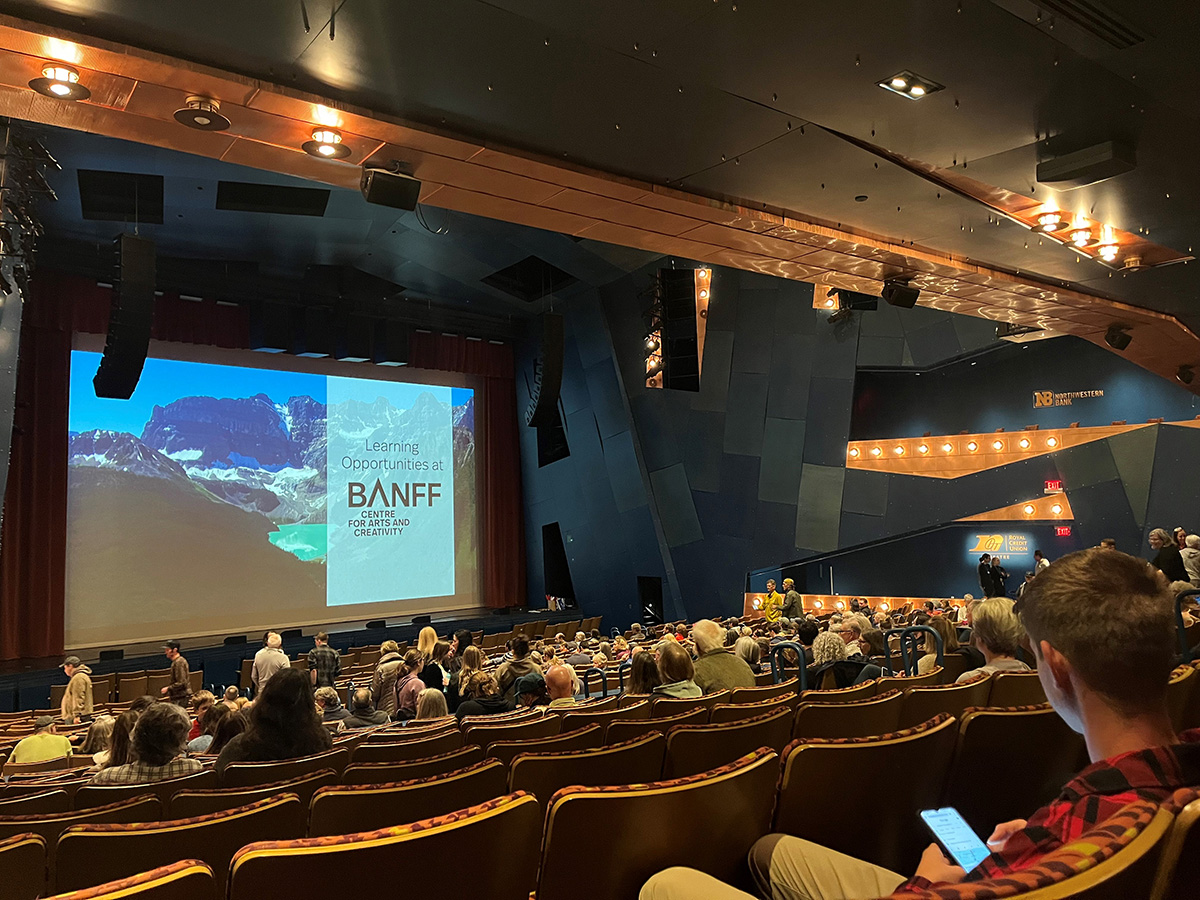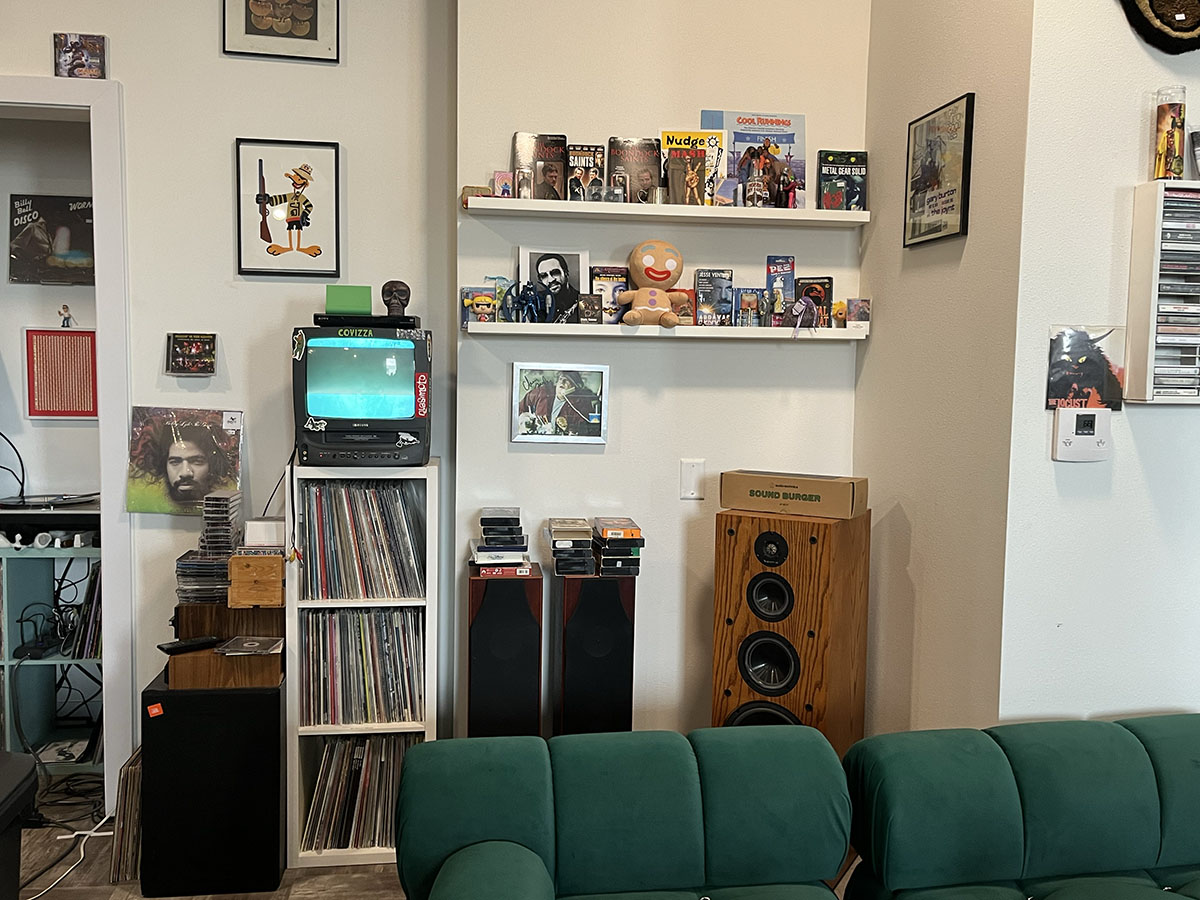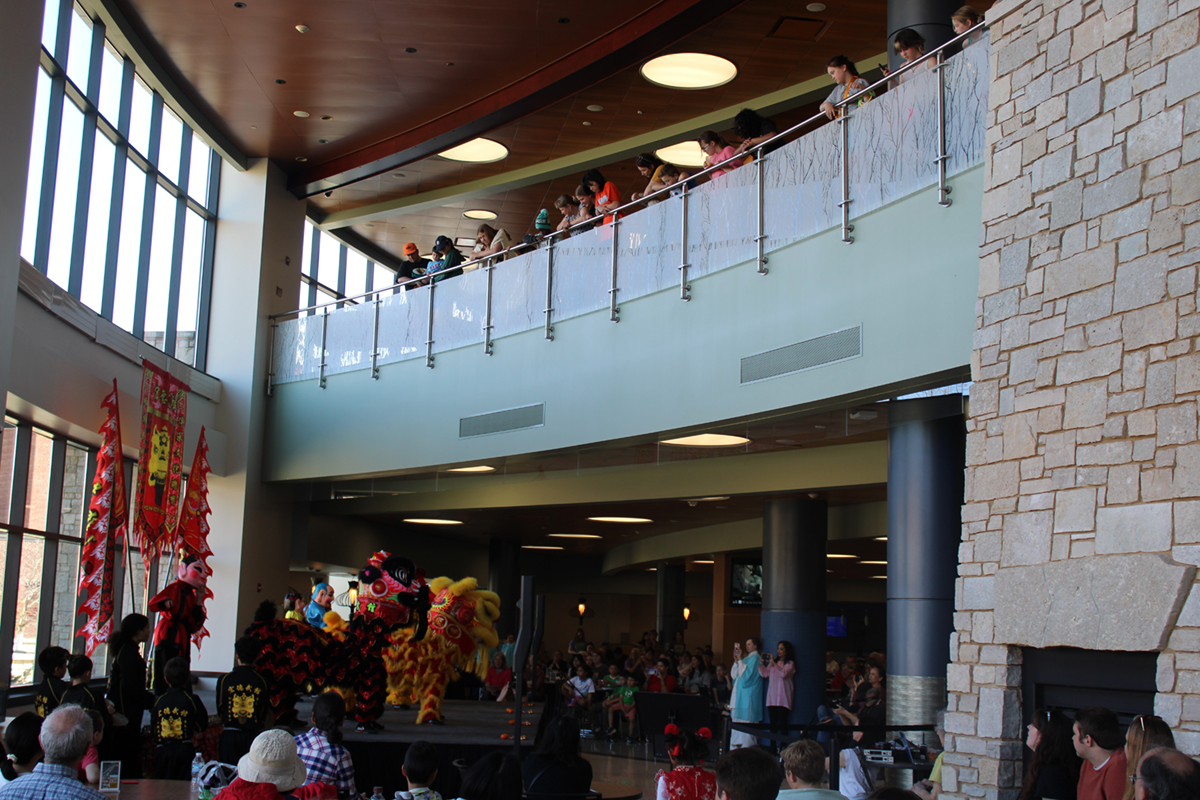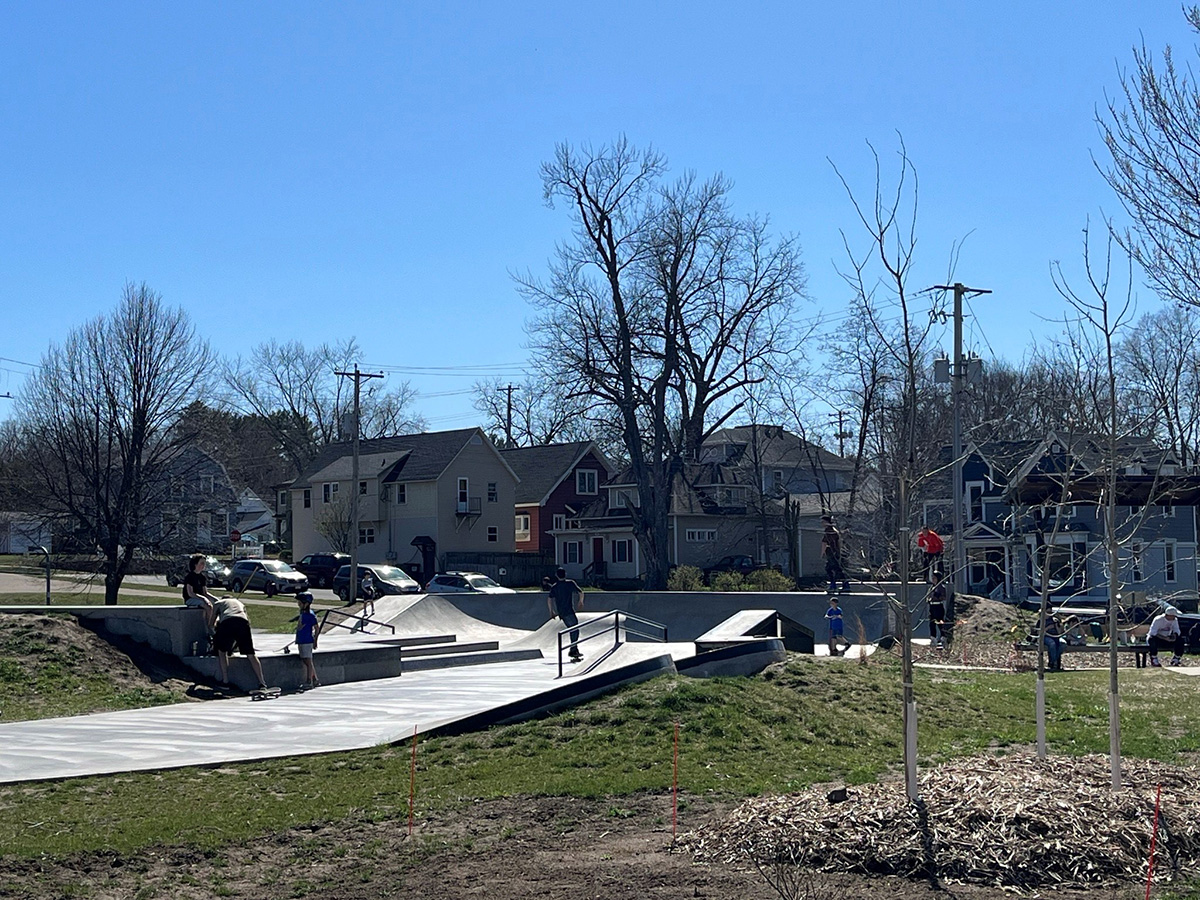Sandra Starck found inspiration in the middle of a forest, in a hand-wrought timber cabin alongside the Little Union River in Michigan’s Upper Peninsula. The trees were everywhere, giving her a glimpse of what she said it must have been like 200 years ago, before the trees were cut down.
Starck, associate professor of art and design, curated the Foster Gallery’s latest exhibit, “Meditation on Trees.” She said her passion for the environment and the natural world led her to bring this show together, featuring the beauty of trees as cultural landmarks.
“It seemed to make sense that we needed to have a show that would bring these living beings and recognize how beautiful they are,” Starck said. “Its about their poetic beauty that we take for granted — particularly here in Wisconsin.”
As curator, Starck chose the theme of the exhibit and found the artists to bring to the gallery. The exhibit, which opened Feb. 23, showcases 70 works of art from artists Ladislav Hanka, Stephen Duren, Mary Brodbeck and Stephen Klassen.
Klassen, an artist based out of Minneapolis, said his works in the exhibit are projects in the making for a few years. Compared to the show’s other artists, Klassen said he feels his interest in trees is “inside out.” He works primarily with wood, carving and painting, rather than recreating images of nature.
“I’m interested in how wood as a material embodies the life of the tree,” he said. “The whole process of digging into the wood felt mesmerizing to me. I just kind of felt like it was something I could do for hours on end.”
Klassen’s work at the gallery features totemic sculptures and paintings, made out of wood he finds, salvages and reconstructs. He said he never liked the idea of a blank sheet of paper, often throwing paint on a canvas so he has “something to react to.”
Klassen said he is drawn to wood because it is never a blank canvas — it comes with a history.
“I follow what I find in the wood, my cutting corresponds to the contours of the tree’s edge or the radius of knots,” Klassen wrote in his artist statement. “I both interrupt the form of the tree and I follow it; a rhythmic alternation.”
Brodbeck specializes in moku hanga, a type of woodblock printmaking using the traditional Japanese methods and materials she learned during a fellowship in Tokyo. She said she is most inspired by her subject matter, with nature her biggest inspiration.
“I use the woodblock print medium as a vehicle for me to make well-crafted and meaningful interpretations of nature,” Brodbeck wrote on her website.
Brodbeck’s piece, “Felled,” is featured on the exhibit’s poster. The piece is an image of a tree in Sleeping Bear Dunes National Shoreline Park. Brodbeck said she thinks the ancient tree probably fell and became preserved under the sand hundreds of years before she first found it.
“It’s one of my favorite pieces,” she said. “I think the colors are very unique and I don’t think it’s what people think of as a landscape. Its unique to the place it
came from.”
Brodbeck said she hopes students will find an appreciation of nature through experiencing “Meditation on Trees,” while slowing down from their busy lives.
“These days we’re so busy that if someone takes the time to notice a piece of art and meditate on their place in nature, I’ve succeeded,” she said.
Starck had a similar goal for the exhibit. She said she wants visitors to stop and take a breath, realizing the beauty in the world around them.
“The idea of looking and really seeing is here in this show,” Starck said. “Because these artists are so repetitive, working with the one subject, I want students to realize that if you’ve done something once, you’ve just barely scratched the surface.”

